If the vehicle is in a different gear position other than park or neutral, your vehicle’s neutral safety switch will prevent it from starting. However, there is a chance that this switch may malfunction, leading to stalling every time you change gears.
It is also used to monitor gear selection data back to the computer, which is transmitted back to the switch. When the transmission is in the park or neutral, this switch completes the starter circuit by connecting to the starter solenoid.
The switch may produce a faulty signal that indicates that the car is in gear even if it is not, which can prevent the car from starting if it is bad. In addition, when engaging in reverse or driving, the car may stall in other cases.
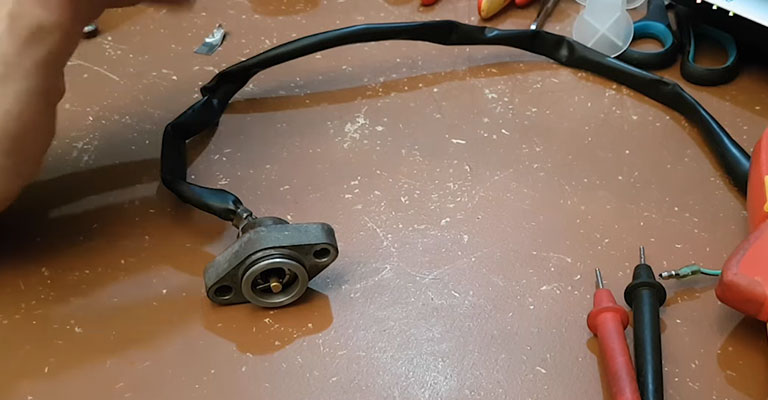
What Is A Neutral Safety Switch?
Keeping your car in gear while not pressing the gas is the job of the neutral safety switch. You can also stop your car from rolling backward when you press the brakes or stop at a light using it.
Can A Bad Neutral Safety Switch Cause Shift Problems?
It can indirectly do so. However, there is a problem with the neutral safety switch, which prevents the starter from engaging to start the engine. The transmission is just a big paperweight if the engine can’t be started since there is no rotation input.
It is not only possible to experience shift issues with a faulty neutral safety switch, but it may also lead to more serious mechanical difficulties or cause an accident.
What Other Problems Can A Bad Neutral Safety Switch Cause?
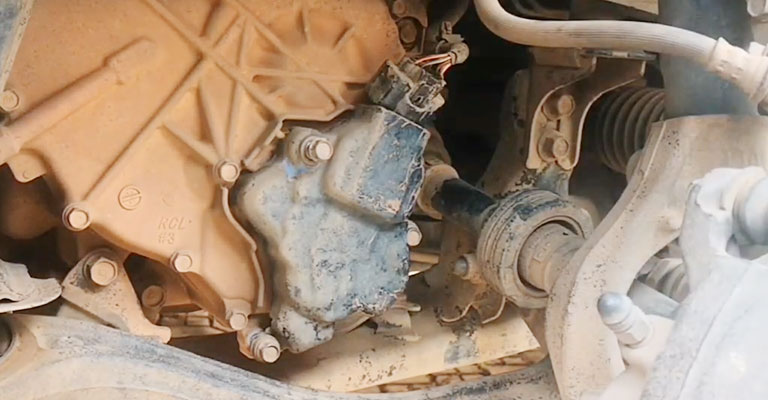
If your neutral safety switch isn’t working correctly, it is possible to experience poor performance when driving away from a stop. It is possible for the car to “lug down” with jarring shifting if the neutral safety switch is damaged. Also, stalling and failure to restart a car are possible.
1. When In Park Or Neutral, There Is No Crank
You cannot crank your engine in the park or neutral if your neutral safety switch has serious electrical problems. The starter relay receives power through the switch. The starter motor won’t crank the engine if it can’t receive this power.
2. Cranks In Any Gear
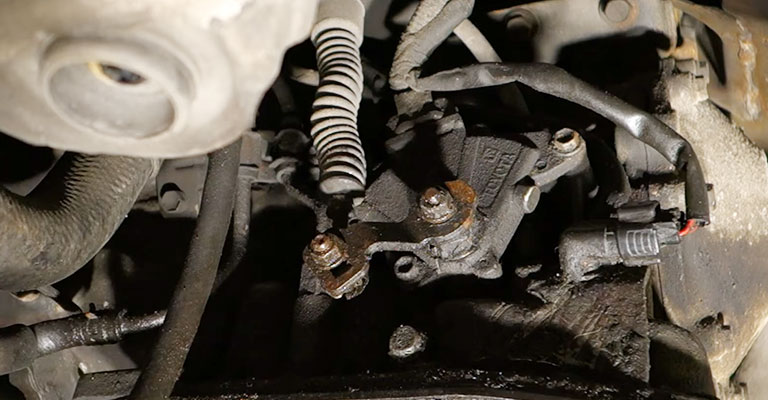
You have a bad neutral safety switch when the engine can be cranked in any gear. Even if the gears are in reverse or drive, you can crank it.
It is also possible to crank the engine again if it is running. If this happens while you are driving, it could result in a serious automobile accident.
3. When In Neutral, There Is No Crank
There are times when the engine cranks in the park but not in neutral. An issue with the neutral safety switch can also cause this symptom.
An electrical problem could prevent the switch from receiving power, or it might be loose in the transmission.
4. No Crank When In Park
You probably have a problem with your neutral safety switch if your automatic transmission is in the park and the engine won’t crank after you turn the key.
A bad battery or starter motor can also cause the same symptom, so you may not realize it is related to your neutral safety switch.
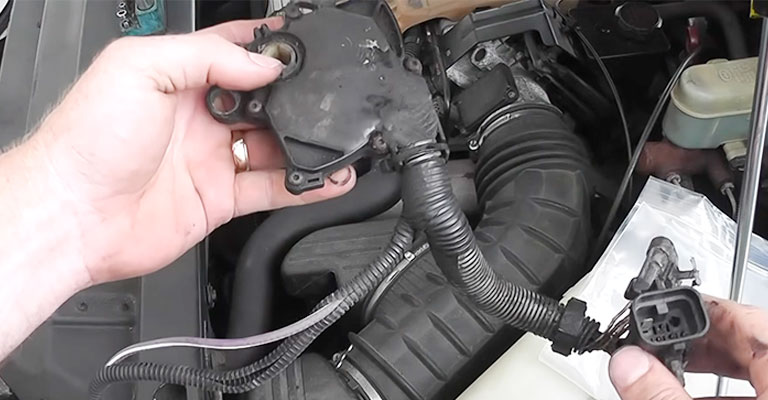
Where Is The Neutral Safety Switch Located?
There are different locations for neutral safety switches on different vehicles. To locate it in your vehicle, you first need to figure out where it is located. Check your Honda vehicle’s service manual or owner’s manual for more information.
Most vehicles, however, have it located on the gear lever mechanism. For example, a column switch car’s transmission is threaded on the side.
How To Test a Neutral Safety Switch?
You should ensure that the neutral safety switch needs to be replaced before replacing it. Checking the switch can be done in several ways.
1. Use A Voltmeter To Test The Neutral Safety Switch
Turn the ignition to ‘ON’ and place the vehicle in park. Look under the hood for the ‘fuses and relays’ box. Remove the starter relay by finding it and unplugging it. Voltmeters are needed for this test.
Using the positive probe on your voltmeter, ground your voltmeter and measure the voltage using a relay port. You can power the starter relay port by putting the transmission in park or neutral and turning the ignition to the “ON” position.
You should have around 12 to 13 volts on your voltmeter. You won’t see any voltage if the vehicle is not in park or neutral. As a reminder, this test must be conducted with the vehicle turned on.
2. Start The Vehicle In Different Gears
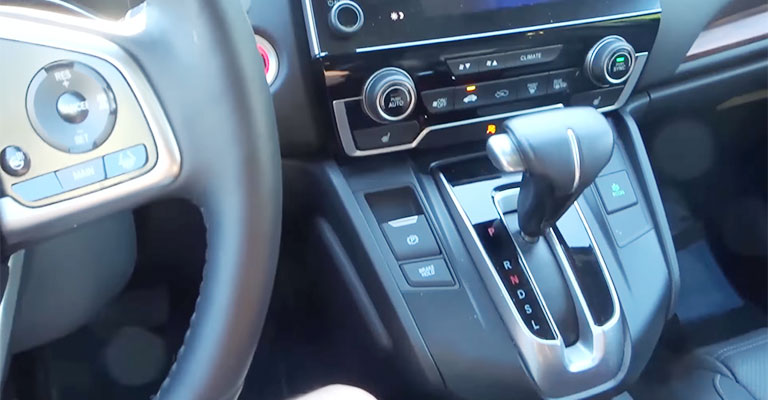
Start the vehicle in a different gear range to determine if the safety switch is bad. Are these practices safe? If you follow the steps below, you’ll be fine.
- Press the park button to return the gear selector to park. If the car doesn’t start, try restarting it.
- Shift the selector to neutral if the vehicle won’t start in park. Next, try starting the car by depressing the brake pedal.
- If the switch won’t start in the park but starts in neutral, it’s bad. It may also need a new safety switch if it starts in the park but not in neutral.
3. Make Sure The Neutral Safety Switch Is Powered
Ensure the ignition is in the ‘ON’ position before inserting the key. The car should not be started yet. Next, see if the wiring harness has any electric current. To conduct this test, you’ll need a 12v test light.
The switch is working if the test light illuminates. The wiring harness should be connected to the switch once you have confirmed the switch is working properly.
If the test light doesn’t come on, you should inspect the wires for frayed or burned areas or loose connections. You may need to install a new switch if the wires are good, but there is no power. You may also have a burned fuse in the corresponding line.
4. Check The Wiring Harness
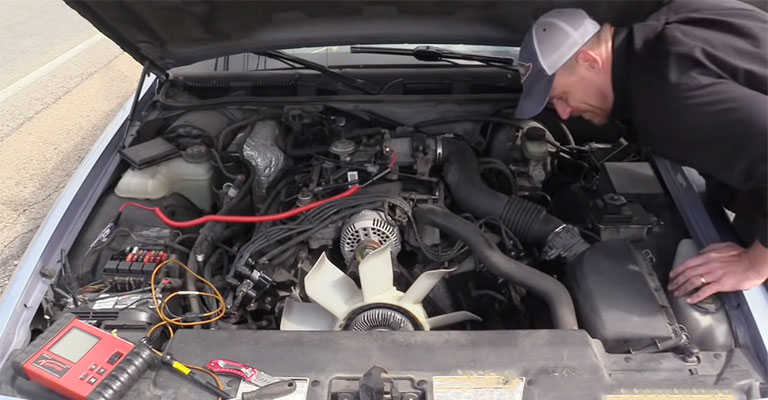
After you have located the neutral safety switch, examine the electrical harness and connectors. The solenoid is connected to it. The starter solenoid cannot be powered when the switch is open, regardless of which gear the vehicle is in.
The switch transmits current to the starter as soon as the ignition key is turned to the ‘ON’ position. Before granting electric passage to the starter, the vehicle must be in neutral or park.
This means that the optimal operation will be disrupted by any wiring issues. The switch must be checked, and everything must work properly.
Neutral Safety Switches: When Should They Be Replaced?
An essential safety component in vehicles is the neutral safety switch. If it fails, the vehicle is left without the specified safety protection. A catastrophic road accident may result if you ignore it and drive your vehicle as usual.
If you notice any signs of malfunctioning, always diagnose this switch, and replace it as soon as possible. Symptoms include the following.
- There is a problem with the car starting in the park instead of in neutral
- Rather than starting in neutral, the car starts in the park
- No matter what gear you select, the car will start
- It won’t start at all
- The check engine light is on.
Lastly, there may be an issue with the neutral safety switch or the starter. A malfunctioning neutral safety switch is more likely to cause the first three signs.
How To Replace Neutral Safety Switch?
The neutral safety switch should be replaced immediately if the diagnosis proves incorrect. Leaving it unattended for an extended period can have negative consequences.
A DIYer can replace the switch on the transmission side if you’re an experienced mechanic. To remove the switch, remove the electrical connector first. It looks like a headlight socket.
Remove the bolts from the mounting plate and unplug them. You can then remove it by wiggling it. Pry it off with a screwdriver if it’s too stubborn. The wiring connectors must be reconnected, and the battery must be connected. Start the vehicle to test the switch.
If the vehicle starts in the park and neutral but does not start in any other gear, you’ve done a good job. Well done. Everything you removed earlier needs to be reinstalled.
The switch may need to be replaced by your mechanic if it is located on the shifter linkage or within the transmission housing. You can locate the switch using your service manual.
Once you have located the switch, determine whether you can fix it yourself or if a professional is required. Another important consideration is the right tools for removing and replacing it. Consider yourself confident and equipped to complete the task on your own if you have the right tools.
Neutral Safety Switch Replacement Cost
Neutral safety switches cost between $95 and $150 to replace. Labor costs will range from $45 to $100, while parts will cost around $50.
These replacement jobs are usually very affordable, as you can see. In addition, because the mechanic doesn’t have to spend a lot of time replacing the part, their labor costs will be low as well.
What Is The Difference Between A Transmission Range Sensor And A Neutral Safety Switch?
Transmission range sensors prevent the car from starting in any gear other than park and neutral when the gear selector is in the range sensor position.
Neutral safety switches are also known as neutral switches. A threaded portion of the linkage attaches it to the transmission.
Signals are sent to the powertrain control module based on the gear position read by the sensor. A PCM then controls the gearshift and detects when the car should be started.
Is There A Neutral Switch On Manual Cars?
Neutral safety switches are not usually found on manual cars. It is necessary to put the transmission in a neutral position before starting the engine. Automatic transmission cars are the only ones that need a neutral safety switch.
Manual cars, however, must press the clutch before starting the engine. Keeping the car in gear prevents it from moving forward.
Final Words
Several vehicle components fail over time and need to be repaired or replaced. In addition, these components display some symptoms that alert the driver to an underlying system malfunction.
The components of a vehicle can fail over time and require repair or replacement. The driver, however, will be notified of underlying system problems through these components’ symptoms.
Malfunctioning neutral safety switches can lead to several problems. First, it can cause serious injuries and even death due to a bad neutral safety switch. Neutral safety switches need to be fixed or replaced before they cause an accident, so knowing the symptoms is vital.

Leave a Reply